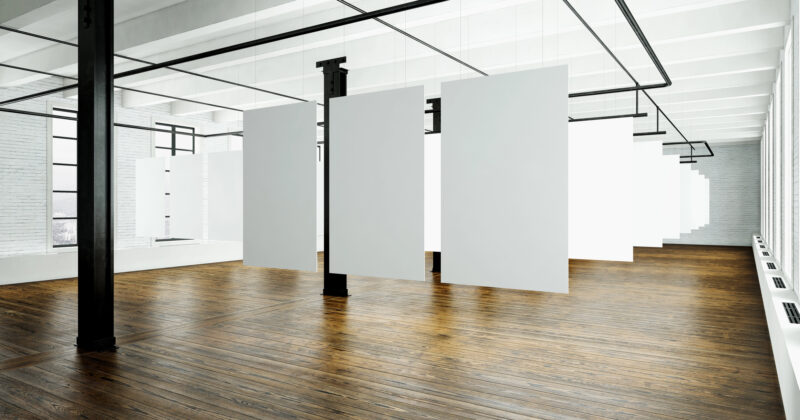Pages in WordPress are static, timeless content that exists outside the regular blog chronology. They are ideal for presenting information that doesn’t change frequently and is always relevant to your site visitors. Key features of pages include:
Hierarchical Structure: Pages can have parent and child relationships, allowing for a structured site organization.
Non-chronological: Unlike posts, pages don’t appear in reverse date order or in the main blog feed.
Custom Templates: Many themes offer specific page templates for different layouts or functionalities.
No Categories or Tags: Pages typically don’t use these taxonomies, though this can be changed with plugins or custom code.
Common examples of pages include:
- About
- Contact
- Privacy Policy
- Services
- Company Information
To create a new page:
- Go to Pages > Add New in your WordPress dashboard.
- Use the Block Editor to add your content.
- Select a page template if your theme offers multiple options.
- Set a parent page if it’s part of a hierarchical structure.
Publish the page when ready.



